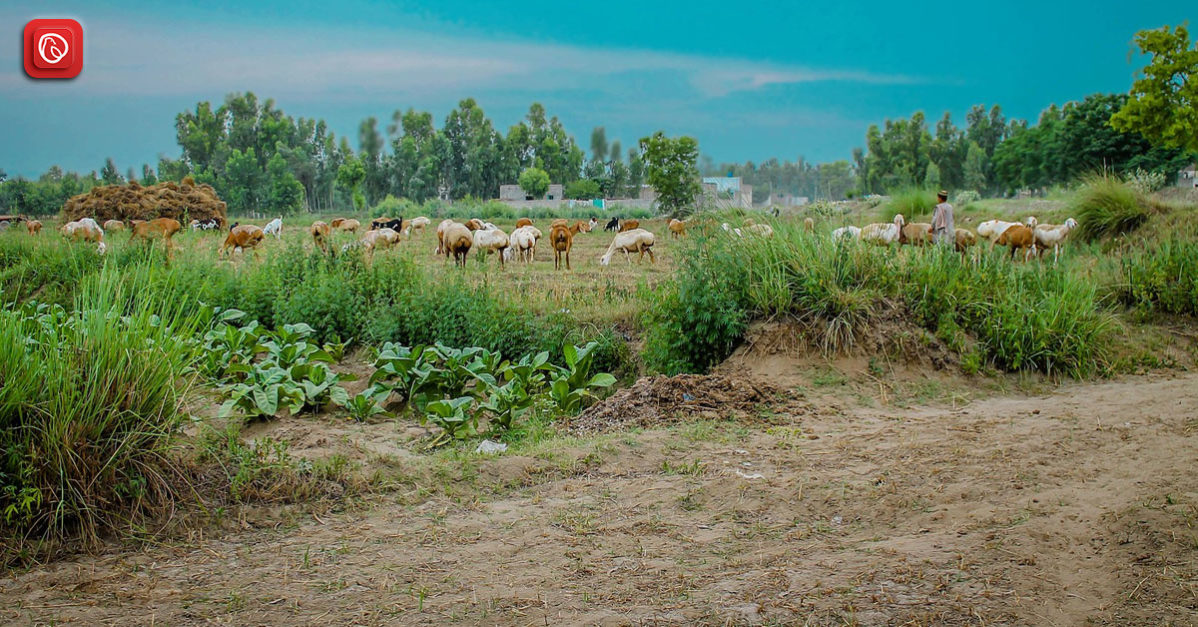Swabi is located between the mighty Indus River and the Kabul River. The district homes a community known for their warmth and hospitality. The people of Swabi are not only known for their welcoming nature but also for their unfaltering bravery and hardworking nature. Swabi is more than just a land of stories from the past; it is a place of great historical importance and archaeological wonders.
It tells the whispering stories of past civilisations long gone and offering a repository for historians. Besides, its scenic meadows and lofty hills make it one of the most sought-after tourist places in Pakistan. For more details on Swabi, keep scrolling through the blog at Graana.com.
Strategic Location of Swabi
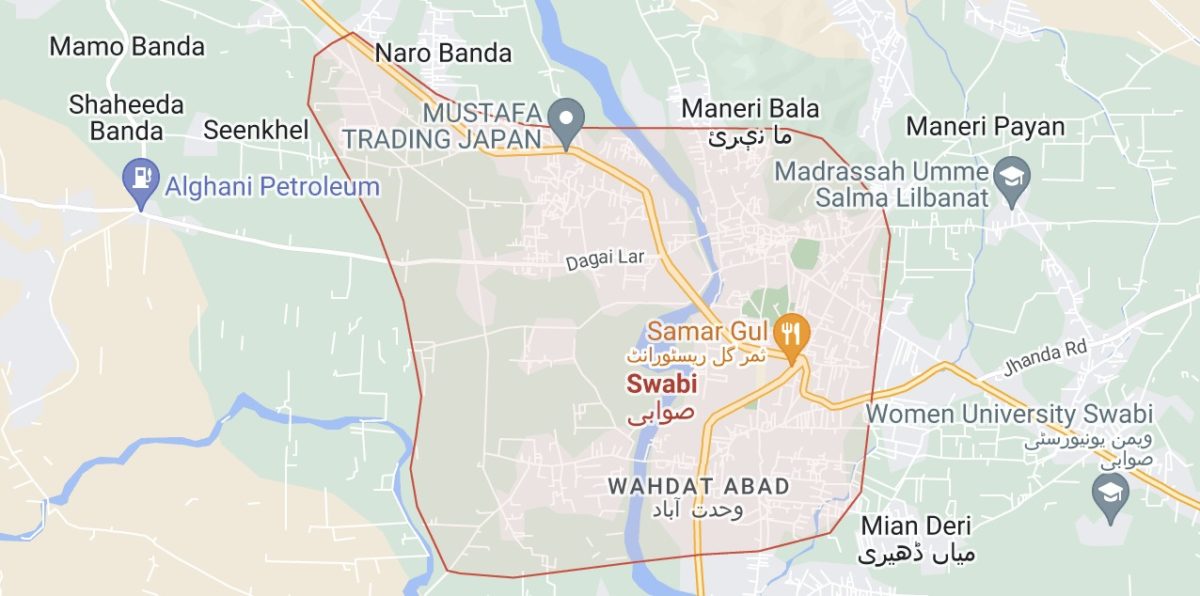
As mentioned earlier, the district Swabi is located between two gigantic rivers namely River Indus and river Kabul. It is situated in the north-western province, Khyber Pakhtunkhwa of Pakistan.
The importance of the district of Swabi is enhanced by the presence of a motorway connecting Islamabad, the capital of Pakistan, to Peshawar, KPK, passing through the Swabi interchange. Swabi’s strategic positioning magnifies its regional importance.
Established as a district in July 1988, Swabi was previously a part of the district of Peshawar. Later on, it became a subdivision of the district of Mardan.
| No. | Tehsil |
| 1 | Swabi Tehsil |
| 2 | Chota Lahore Tehsil |
| 3 | Rajar Tehsil |
| 4 | Topi Tehsil |
Geographical Significance
Swabi District, with its diverse geographical features, showcases a mesmerising blend of rocky hills in the north and plains spreading out in the southern area. The northern region is blessed with notable hills, particularly in the Gadoon area towards the northeast, extending from the Mahaban hills.
In the northwest, the district is beautified by the Narranji hills, rising between 750 to 1400 metres above sea level. These hills, along with the smaller isolated ones, such as those located in the south of Swabi, add to the district’s scenic landscape.
Towards the south, along the border of the Nowshera district, lies the Khattak hills, found in the north of the Kabul River. Starting from the foothills, the landscape gradually slants downwards, eventually joining the fertile plains covered by an intricate network of streams and other water bodies.
Among these, the Narranji Khowar is the most prominent one, beginning at the Narranji hills and flowing south-westward to join the Kalapani stream in the Mardan district.
Additionally, the zigzag Badri Khowar originates from the south, near Swabi town, before converging with the mighty Indus River near village Hund. This marks the southern boundary of the district.
Demographics of Swabi
Swabi District, located in Khyber Pakhtunkhwa, boasts a population of approximately 1.6 mn individuals, as recorded in the 2017 census. Known for their hospitable, brave, and hardworking nature, the people of Swabi contribute to the rich tapestry of legends that define the district’s heritage. The demographics of the district are mentioned in the table below.
| Attribute | Data |
| Total Area | 1543 square kilometres |
| Population | 1.6 million (as per 2017 census) |
| Population Density | 1097 persons per square kilometre |
| Male Population | 50.2% |
| Female Population | 49.8% |
| Growth Rate | 2.00% |
| Urban Population | 17.0% |
| Literacy Rate | 49.0% |
| Male Literacy Rate | 65.0% |
| Female Literacy Rate | 34.0% |
| Wards / Union Councils | 56 |
| Neighbourhood / Village Councils | 160 |
| Deputy Commissioner | Mr. Nazar Hussain Khan |
| Important Towns/Villages | Marghuz, Kunda, Zaida, Parmooli, Gadoon, Topi, Jalbai, Chaknooda, Naranji, Anbaar, Yarhussain, Tandkhoi, Shewa Adda, Adeena, Tordhar, Kalukhan, Sudher, Kernal Sher Khan Kilay, Hund Thand Koi, Sheikhjana, Haryan, Tarakay, Batakara, Qillabat, Terbela, Chota Lahore, Shewa, Turlandi, Jehangira, Ismaila, Amazai, Maneri, Baamkhel, Jalsai, Dobiaan, Zarobi, Menai, Baamkhel, Yaqoobi, Zarobi, Terbela, |
Tourism at Swabi
Swabi is often regarded as the most beautiful city, serving as the capital of Swabi district in KPK. Its pleasant and mild climate owes to its positioning between the Indus River and the Kabul River. With considerable tourism potential, district Swabi remains a sought-after destination throughout the year, attracting tourists to its diverse landscapes and historical landmarks. Visitors are encouraged to explore various sites rich in beauty, cultural significance, and hospitality.
Notable among these are:
- Rani Ghat
- The fort of Hund
- Karamar Mountains
- Kund National Park
- Sher Zaman Park
- Mahaban Hills
- Beer Galli
- Tarbela Dam
- Kundal Dam
Rani Ghat
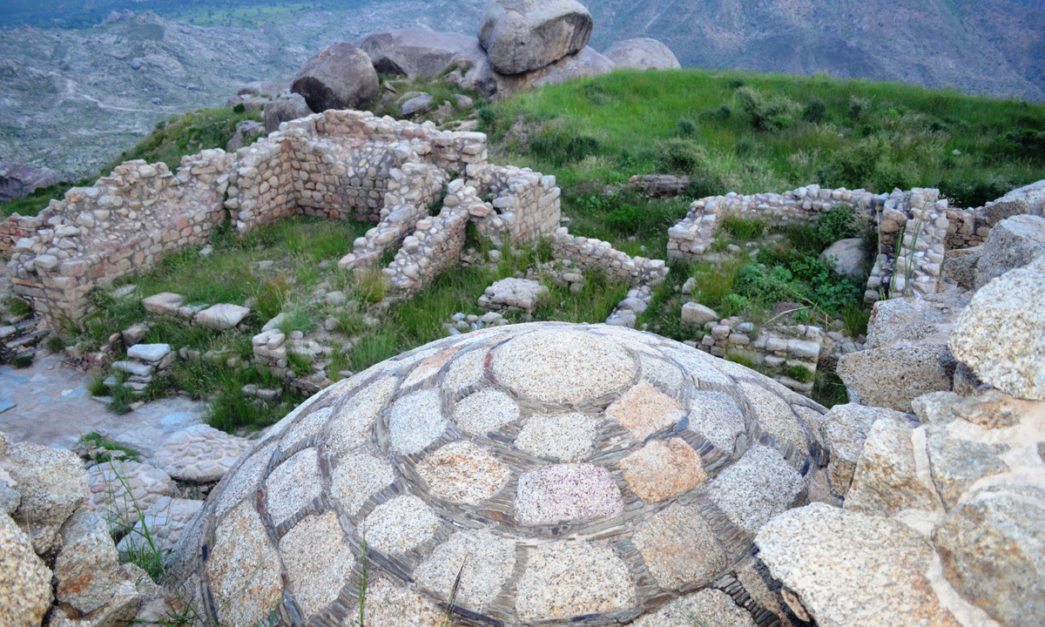
‘Rani Ghat’ refers to the ancient Buddhist remains covering an expanse of 4 square kilometres, tracing back to the Gandhara civilisation era. Positioned on the border hills between Swabi and Buner, access to this site is facilitated through Swabi, specifically via Salim Khan village. The journey from Swabi City to ‘Rani Ghat’ typically takes about 30 to 40 minutes.
The Hund Museum
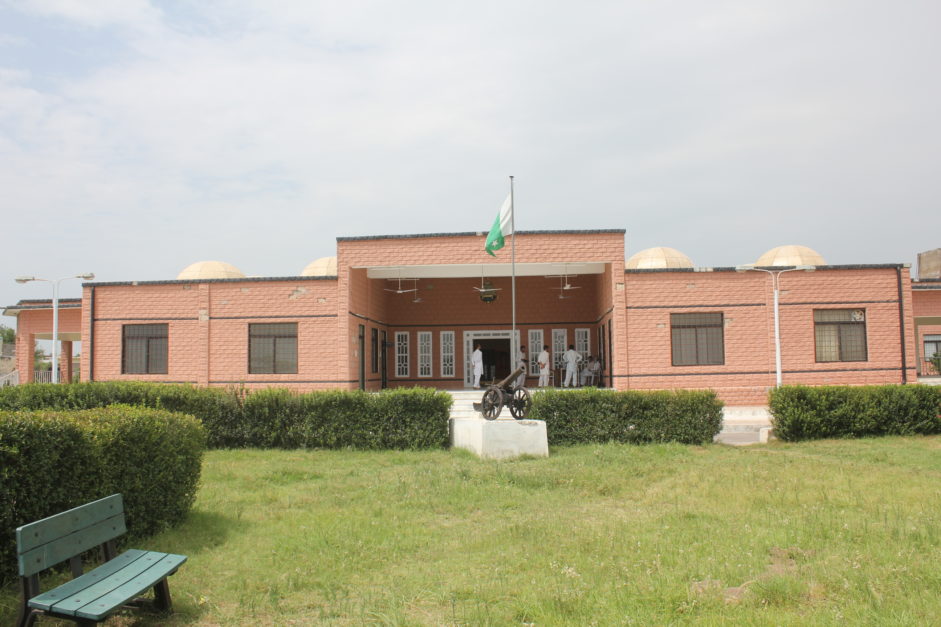
The Hund Museum stands prominently on the banks of the Indus River, situated above Attock in the Swabi District of the Khyber-Pakhtunkhwa Province, Pakistan. Hund, the village where it resides, holds significant historical importance in Pakistan’s ancient past.
It has served as a pivotal crossing point along the Indus River since antiquity, notably during Alexander the Great’s era around 326 BC, as he purportedly traversed the river at this juncture on his journey towards Taxila.
During the 6th century AD, the renowned Chinese Buddhist traveller Xuan Zang visited Hund, referring to it as U-To-Kia-Han-Cha in his records. Hund rose to prominence in the 9th century when it became the capital of the illustrious Hinda Shahi Dynasty until 1025 when it was conquered by Mehmood Ghaznavi.
Subsequently, the revered Mughal emperor Akbar erected a military fortress in the region to monitor the movements of the Yousafzai tribe, further cementing its historical significance.
Karamar Mountain
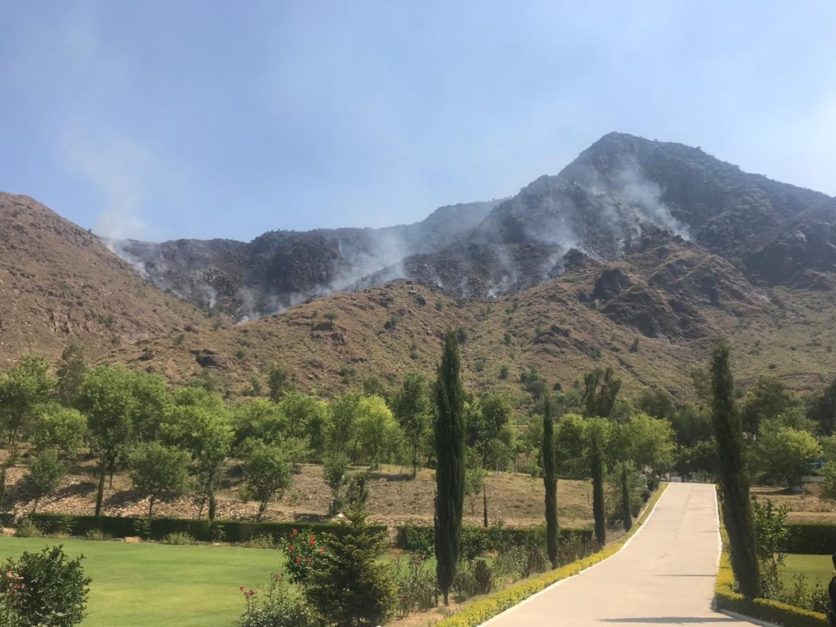
The renowned Pashto tale of “Yousaf Khan and Sherbano” is associated with the tombs atop this mountain. Visitors often come here for hiking and to pay respects at Yousaf Khan’s tomb. Legend has it that Yousaf Khan enjoyed hunting deer and rabbits in this area. The mountain remains lush with alpine trees, and monkeys are commonly spotted in abundance.
Kund National Park
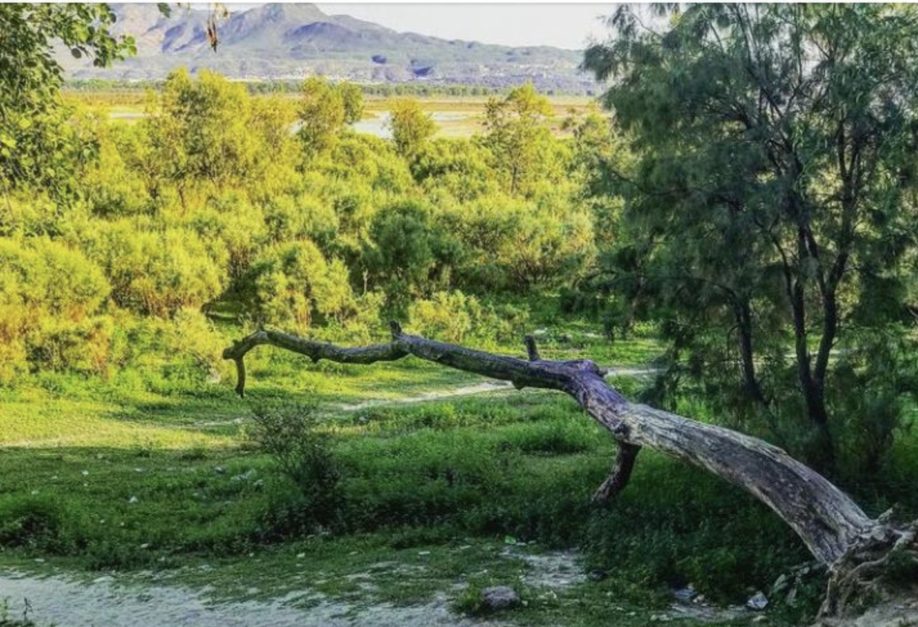
Kund Park, alternatively referred to as Kund Bear Park, was founded in the year 2000 and is situated in Nowshera, Khyber Pakhtunkhwa, Pakistan. This park serves as both a wildlife conservation facility and a haven for Asian black bears and Himalayan brown bears.
Additionally, it provides shelter to leopards, along with a diverse array of bird and deer species, including cranes, ducks, parrots, peafowls, and pheasants.
Mahaban Hills
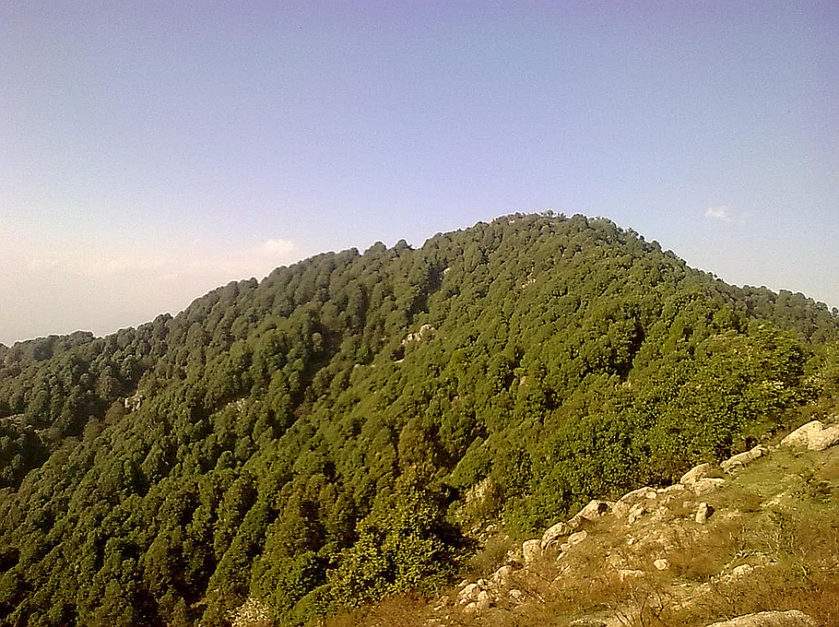
Mount Mahaban sits proudly at an elevation of 7,800 feet above sea level. The government of Khyber Pakhtunkhwa has collaborated with the United Nations Development Program to establish 10 camping sites in Buner.
Among these, eight offer double-bed accommodations while two feature family beds. Positioned 46 kilometres to the east of Ambela and Buner’s gateway, Mahaban is accessible via Nawagai, Malka, Nagrai, and Khanano Derri from Ambela.
This destination attracts numerous tourists due to various engaging activities and tranquil atmosphere. The captivating allure of Mahaban lies in its picturesque landscapes adorned with lush greenery and majestic mountains.
Visitors can relish in the serenity of rosy sunsets and misty mornings, offering a sense of profound peace. The panoramic vistas and enchanting beauty of Mahaban create unforgettable memories.
Tarbela Dam
Tarbela Dam is an earth-filled dam situated along the Indus River in Pakistan’s Khyber Pakhtunkhwa province. Located predominantly in the Swabi District Tehsil Topi of the province, it is approximately 20 km distant from Swabi city in KPK, 105 km northwest of Islamabad, and 125 km east of Peshawar.
It holds the distinction of being the world’s largest earth-filled dam, with a towering height of 143 metres above the riverbed. Its reservoir, Tarbela Lake, covers an approximate surface area of 250 square kilometres. These showcase the region’s natural grandeur and historical legacy.
Climate of Swabi
Swabi experiences a climate characterised by distinct seasons, with notable variations in temperature, sky conditions, precipitation, and daylight hours throughout the year.
Summer Season
The summer season in Swabi lasts for approximately 4.6 months, from May 6 to September 25. During this period, temperatures soar, with an average daily high above 96°F. June marks the peak of summer, with scorching temperatures reaching up to 103°F.
Winter Season
Winters are relatively short, spanning about 2.9 months, from December 2 to February 28. Daily highs during this season drop below 72°F, with January being the coldest month, featuring lows of 41°F.
Sky Conditions
Swabi experiences significant seasonal variation in sky conditions. Clearer skies prevail from May to November, while cloudier periods dominate from November to May. September stands out as the clearest month, with clear or partly cloudy skies 98% of the time.
Precipitation Patterns
Precipitation patterns in Swabi fluctuate throughout the year. The wet season, lasting from March to September, peaks in July, with an average of 11.1 wet days. In contrast, the drier season spans from September to March, with November experiencing the fewest wet days.
Rainfall
Rainfall remains consistent year-round in Swabi. July records the highest average rainfall, with 3.4 inches, while November sees the least rainfall, with only 0.6 inches.
Daylight Hours
The length of daylight varies significantly throughout the year in Swabi. The shortest day occurs on 21st of December, while the longest day is 21st of June.
Best Time to Visit
For outdoor activities and tourism, the best time to visit Swabi is from early October to mid-November, characterized by clear, rainless days and comfortable temperatures between 65°F and 80°F.
Streams and Rivers
The district features numerous small streams and ravines scattered across its plain terrain. One significant watercourse is the Naranji Khawar, originating from the Naranji hills and coursing south-westward until it merges with the Kalpani stream in Mardan District.
Another notable stream is the Badri Khawar, which flows down from the north near Swabi Town and eventually meets the Indus River near the village of Hund. The Indus River delineates the southern boundary of the district, originating from the northeastern mountains of the Gadoon area at Satkatar.
It traverses along both the eastern and western borders of the district before continuing its path into Nowshera and Attock Districts at Kund.
Other than that, the district features the following dams as well:
- Tarbela Dam
- Kundal Dam
FAQs
Following are some of the top FAQs on Swabi.
What is Swabi famous for?
Swabi is one of the top tourist attractions in northern Pakistan, as the hilly district offers beautiful and scenic views. Some of the most popular tourist spots in the Swabi district are Kund National Park and Sher Zaman Sher Park.
Where is Swabi Located?
Swabi district is located in the Mardan Division of the province KPK of Pakistan, between the river Indus and Kabul.
What is the local language of Swabi?
The local language spoken in Swabi is Pushto. Also, it’s the first language of about 96% of the total population of Swabi.
Name the Tehsils of District Swabi.
District Swabi comprises four Tehsils namely, Swabi, Chota Lahore, Topi, and Razar.
What is the name of the biggest village in Swabi?
Yarhussain is the biggest village in Swabi. It is situated in the northern region of Yaqubi. the village is adjacent to the Chota Lahore and Adena road.
Is Swabi a town or a metropolis?
Swabi is located between two big rivers namely Kabul and Indus and is adjacent to the motorway as well. It is essentially an urban area and the 8th-largest city in terms of area in KPK. Moreover, it is the 73rd largest city in Pakistan.
What are the names of Swabi tribes?
Most of the people in the Swabi district come from the Mandanr Yousafzai lineage of Pashtuns. the main tribes in the district are Mandanr Yousafzai, Razar, Gadoon/Jadoon, Khatak and Uthman.
This was all about Swabi. For more information, visit Graana.com.
